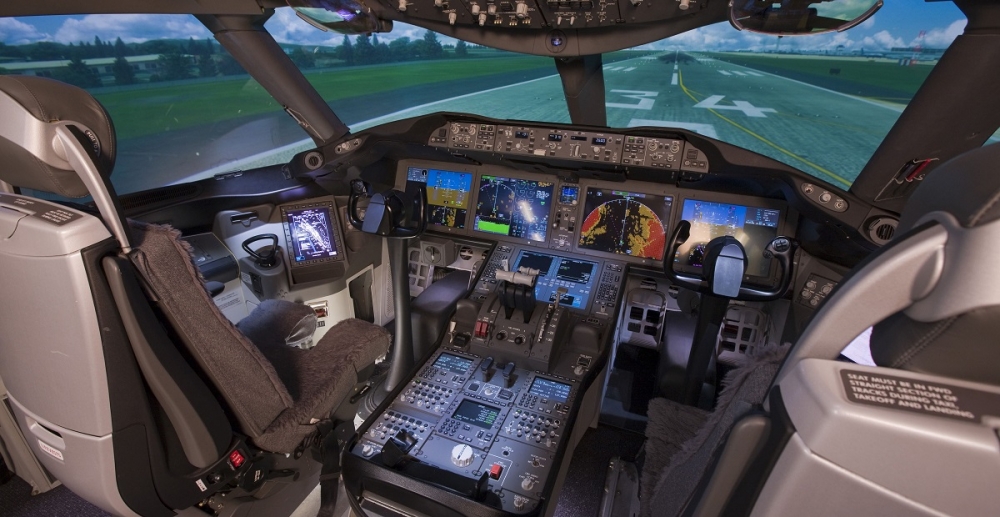
- Flying by the stars
The first aircraft cockpits were rudimentary affairs with just a handful of instruments to provide the pilot with very basic information. However, by 1939 cockpits had become very complex. On the Boeing 314 Clipper the cockpit required a crew of five. Even on the first jet powered commercial aircraft like the 707 in the 1950s, you would find a four-crew cockpit with two pilots, an engineer and a navigator. There was even an observation dome for star sightings to assist with navigation!
- Need for fewer flight crew
The navigator’s position disappeared in the early 1960s, together with the engineer’s role. While the three-engine 140-seat 727 of 1962 required an engineer, the twin-engine 100-seat DC-9 of 1965 was certified by the Federal Aviation Administration (FAA) with just two flight crew. In 1981 the FAA deemed that a flight engineer was no longer required on any aircraft and that a two-pilot crew was safe, due to the advances in cockpit automation and the dramatic improvement in engine reliability.
- Cockpit computerization advances
In 1991 that dramatic increase in automation was underscored when Boeing moved from an analogue (conventional) cockpit with gauges and dials on the 747-300 to a computerized cockpit for the 747-400 with eight-inch Cathode Ray Tube (CRTs) displays. The result was the elimination of 600 dials and gauges. An illustration of the improvement in cockpit technology was the significant reduction in crew procedures from the 747-300 to the 747-400.
- Fewer dials improve flight operations
The number of dials required for cockpit procedures reduced dramatically. For normal procedures, the number of dials/gauges reduced from 107 to 34; for engine fire, from 15 to 4; for fuel jettison, from 11 to 7; for decompression, from 20 to 3; and for cargo fire, from 16 to 2. The simplification doesn’t end there. Fourteen computers dedicated to flight control on the 747-300 were replaced by just three on the -400 model.
- Glass cockpit
What is now termed “the glass cockpit” was introduced by Airbus with the A320 family in the mid-1980s, followed by the 747 and MD-11 in the early 1990s. The advances in cockpit automation have also led to a dramatic improvement in safety. This is best illustrated by the evolution of the Douglas DC-9 which first flew in 1965 into the latest model the Boeing 717. In 1965, the initial DC-9 had a crash record of 1.26 Per one Million Departures (PMD). In 1980, an updated model, the DC-9 Super 80, later renamed the MD-80, had a crash rate of 0.43 PMD. From 1996 to 2013, the ultimate version, the MD-95, renamed 717 after the merger with Boeing, has had a perfect record.























